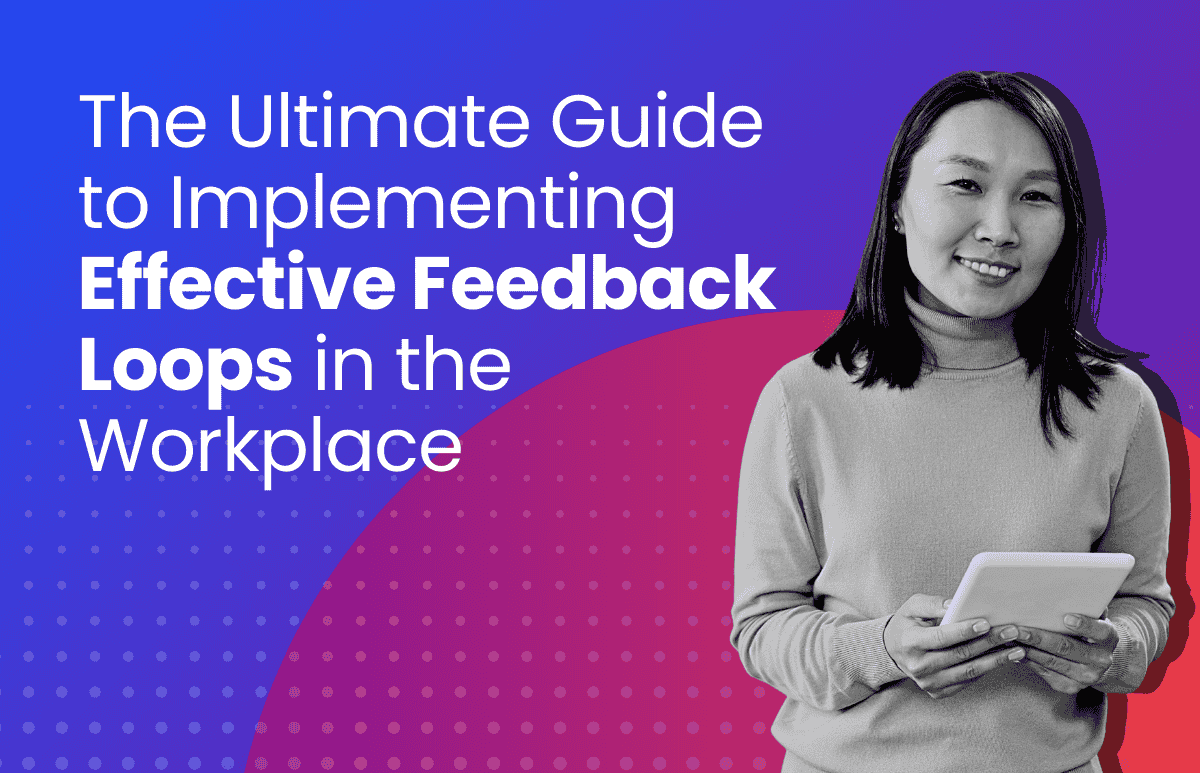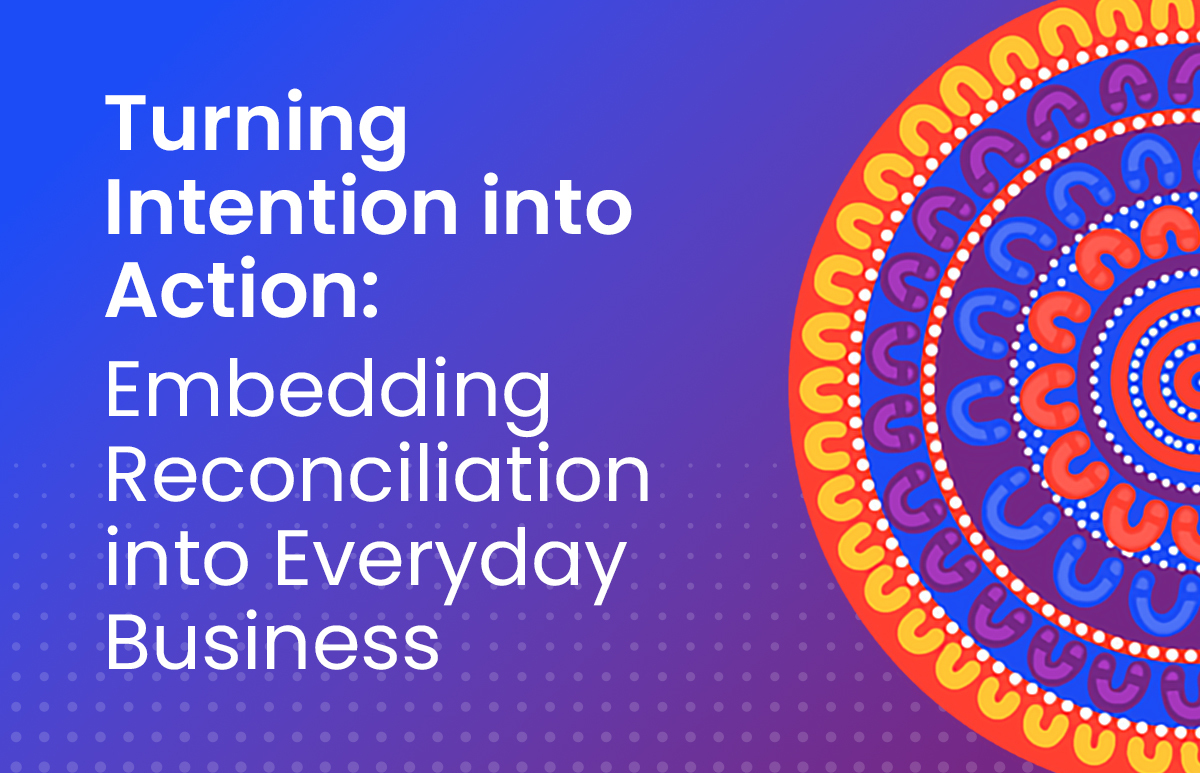Employee Feedback: Guide to Giving and Receiving
Effective employee feedback is crucial for nurturing talent, driving performance, and creating a culture of open communication.

Constructive review allows employees to develop self-awareness, improve weaknesses, and play to their strengths. Meanwhile, positive attitude employee feedback reinforces good habits and boosts morale.
Why employee feedback matters
It matters for a multitude of reasons, benefiting both the individual and the organisation as a whole. Here are some key points to consider:
Benefits for individuals:
- Personal growth: Helps you see your strengths and weaknesses to improve your career.
- Increased engagement: Listening to feedback conversations builds teamwork and makes people want to put in their best effort.
- Enhanced confidence: Getting helpful feedback from your boss & colleagues shows you what you’re good at and how you can improve. This makes you feel more confident and proud of your work.
- Improved performance: The key to success is setting clear expectations and showing people how to reach them.
Benefits for organisations:
- Career development: Imagine if companies could train each employee exactly what they need to shine! That’s what happens when they understand everyone’s strengths and weaknesses.
- Boosted employee performance: Improved individual performance translates to higher team and organisational productivity, efficiency, and overall achievement of goals.
- Stronger culture: Open communication and continuous evaluation foster a culture of trust, collaboration, and engagement, leading to a more positive and productive work environment.
- Reduced turnover: If you listen to your employees and make them feel important, they’ll be happier and less likely to leave.
- Enhanced decision-making: Hears from the team, makes smart choices, builds better policies, and creates a great place to work.
Common challenges and misconceptions:
Honest feedback builds a better workplace, but things often get in the way. Here are some of the most frequent ones:
Challenges:
- Fear of backlash: Thinking twice before giving feedback? Threats to job security or career advancement can make people silent.
- Exposure: If employees don’t feel anonymous, they might be less likely to share sensitive or critical feedback.
- Poorly designed surveys or feedback systems: If the survey feels like a chore, people will skip it or give answers that aren’t helpful.
- Inconsistent: When employees offer suggestions and see nothing change, they feel discouraged and stop giving ideas.
- Resistance to change: Leaders who don’t act on feedback leave their teams feeling unheard and discouraged.
Misconceptions:
- A one-time event: Effective feedback is an ongoing process of communication and action.
- Negative is bad: Constructive criticism can be valuable for identifying areas for improvement.
- Means everyone agrees: It’s natural to have different perspectives, and diverse feedback can lead to better solutions.
- Formal surveys are the only way to get valuable insights through casual talks or deeper team meetings.
- Just for HR: All levels of the organisation should actively use feedback to make things better.
Building a culture of feedback
Creating a safe and trusting environment
A culture of feedback begins with creating a safe and trusting environment. This involves fostering open communication and psychological safety, where employees feel comfortable expressing their thoughts and ideas without fear of judgment or retribution. Encouraging weakness and active listening can help create an atmosphere of mutual respect and understanding. Make sure everyone feels comfortable sharing their honest thoughts by protecting them from any backlash and keeping things confidential.

Setting expectations and guidelines
Setting clear expectations and guidelines is another important step in building a feedback culture. We’ll figure out what “good feedback” means, how often to dish it out, and how it connects to what we’re trying to achieve as a team. Employees will know exactly what kind of feedback to give and receive, from how to phrase it to the best timing.
Training and Education
Training and education play a vital role in equipping managers and employees with effective feedback skills. To help people give and get feedback, we can offer things like practice sessions, comment sheets, and online classes. Self-reflection and learning make employees open to positive or negative feedback, turning it into fuel for their growth.
A study by Quantum Workplace found that organisations with a strong feedback culture experience 21% higher employee engagement and 27% lower turnover rates. These numbers prove that investing in a feedback culture is not just the right thing to do, it’s also a smart business decision.
Giving feedback
Delivering constructive feedback can be challenging. The STAR method structures clear, actionable conversations:

Situation – Summarise the context requiring feedback.
Task – Be specific about the problem or action you want to focus on.
Action – Explain the impact of that behaviour on outcomes.
Result – Provide suggestions to improve future performance.
When communicated respectfully, feedback empowers growth.
With tact and respect
- Focus on actions rather than personal criticism
- Use “I” statements to express your perspective
- Offer practical next steps for development
- Carefully consider timing and location
Phrasing feedback constructively avoids eliciting defensiveness so the recipient can digest insights openly.
Addressing difficult conversations
Sensitive feedback requires additional planning and finesse:
- Reflect on objective examples to reinforce your message
- Remain calm and composed when tensions run high
- Frame the conversation around collaborative problem-solving
- Provide space for the recipient to process before responding
Keep focused on realising positive outcomes rather than assigning blame.
By following an intentional structure and mindset, review givers can transform stressful interactions into empowering growth opportunities. Recipients gain self-awareness to unlock their potential.
Receiving feedback
While delivering feedback takes skill, receiving it constructively is equally important for professional growth.

Develop a growth mindset
View feedback as a learning opportunity rather than a personal attack. Remain open-minded, focusing on positive employee feedback outcomes:
- Feedback provides objective insights you may lack
- Even critical criticism intends to drive improvement
- The most successful people actively welcome critiques
With a growth mentality, you can extract constructive employee feedback insights.
Actively Listen
Make sure you fully understand the giver’s perspective:
- Listen without interrupting and avoid being defensive
- Ask clarifying questions to pinpoint specific examples
- Determine clear takeaways you can implement
These strategies reveal feedback’s true development potential.
Take Action
Finally, express appreciation and follow through:
- Thank them for investing time and effort
- Share your reflection and commitment to action
- Check-in on progress toward improvement goals
This closes the loop, enabling ongoing growth.
By developing a learning orientation, reflective listening skills, and dedication to action, employee feedback delivers powerful professional development for recipients willing to embrace it.
Tools and Resources

Sample employee feedback templates and questionnaires:
1. Pulse survey:
Focus: Morale and well-being (short and frequent)
Questions:
- On a scale of 1-5, how satisfied are you with your current workload?
- Do you feel supported by your colleagues and manager? (Yes/No/Unsure)
- In the past week, have you experienced any significant stress or burnout related to work? (Yes/No/Unsure)
- Do you have any immediate concerns or suggestions you’d like to share? (Open-ended)
2. Engagement survey:
Focus: Overall engagement and motivation (more comprehensive)
Sections:
- Job satisfaction: Questions about workload, responsibilities, challenges, and opportunities for growth.
- Teamwork and communication: Questions about collaboration, communication skills, and relationships with team members and managers.
- Company culture and values: How well do you feel you fit in with the company’s values and culture?
- Open-ended: This opportunity for employees to share any additional thoughts or suggestions.
Sample questions:
- Do you feel your work is meaningful and contributes to the company’s goals? (Strongly Agree/Agree/Neutral/Disagree/Strongly Disagree)
- How effective is your manager in providing clear and actionable feedback? (Scale of 1-5)
- Do you feel valued and respected by your colleagues? (Yes/No/Unsure)
- What specific initiatives could we implement to make employees feel more invested in their work? (Open-ended)
3. Performance review:
Focus: Individual performance and goal setting (formal and in-depth)
Sections:
- Goal review: Review of goals set during the previous review period and progress made.
- Strengths and areas for development: Identification of both strengths and areas where the employee can improve.
- From manager and colleagues: Specific examples and observations from the manager and, if applicable, colleagues.
- Self-assessment: Employee’s evaluation of their performance and goals.
- Goal setting for next period: Setting of SMART goals for the upcoming review period.
Sample questions:
- What are your proudest accomplishments from the past year?
- What specific skills or areas do you want to focus on developing in the next year?
- Do you feel you have the resources and support needed to achieve your goals? (Yes/No/Unsure)
- What suggestions do you have for improving your working environment or workflow?
Remember: Feel free to change these questions to match your specific needs and the goals of your feedback gathering. For example, if you’re focusing on employee satisfaction, you might want to add questions about work-life balance.
Survey platforms
ELMO Survey Software: Survey software lets everyone share feedback easily, helping both employees and the company thrive. Here’s how it can improve the process:
For the person giving:
- Privacy and comfort: Secret surveys get you more honest feedback.
- Convenience and availability: Employees can take online surveys on any device, no need to stop the flow.
- Structured data collection: Pre-designed templates ensure consistent data collection, simplifying easier research and comparison across different teams or departments.
- Richer data: Instead of just thumbs up/down, open questions and comments let us dive deeper into what employees think.
- Actionable feedback: This software listens to employee feedback, finds the most important issues, and suggests ways to address them.
For the person receiving:
- Time management: Automating the process saves managers valuable time by removing manual data entry and research.
- Centralised data storage: All feedback is stored and organised, making it easy to compare past and present to spot trends and make improvements.
- Enhanced data: Dashboards and reports make complex data easy to see, understand, and act on.
- Improved communication: Managers actively share bite-sized reports with relevant teams, boosting transparency and a feedback culture.
- Focus on development: Software can highlight individual strengths and weaknesses, prompting constructive conversations and personalised development plans for employees.
Key Takeaways
Effective feedback fuels engagement, development, and performance. By establishing psychological safety and clear guidelines, organisations can embed a feedback-rich culture. Equipping managers and employees with the skills to give and receive constructive criticism unlocks its full potential.
Keep the conversation going by utilising self-assessments, peer discussions, and digital tools. Commit to continuous improvement around workplace feedback.
 HR Core
HR Core 









